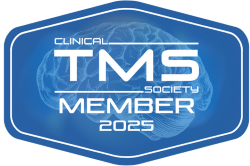
JOIN US! TMS Education Event - Tuesday, April 9th 5:30pm pst - Click to learn more!
TMS for Autism Spectrum Disorders: Enhancing Quality of Life
While there is no known cure for autism spectrum disorder (ASD), early intervention with certain therapies can help manage symptoms and improve quality of life. An emerging treatment approach for ASD which has been growing in popularity in recent years is transcranial magnetic stimulation (TMS) — a non-invasive brain stimulation technique that uses magnetic fields to stimulate specific regions of the brain.
Research shows that TMS can be an effective treatment for individuals with ASD, particularly in addressing the core symptoms of repetitive behaviors and social deficits. This article explores how TMS treatment works to reduce symptoms of ASD, focusing on its therapeutic benefits and outlining how it can improve quality of life for people who live with autism.
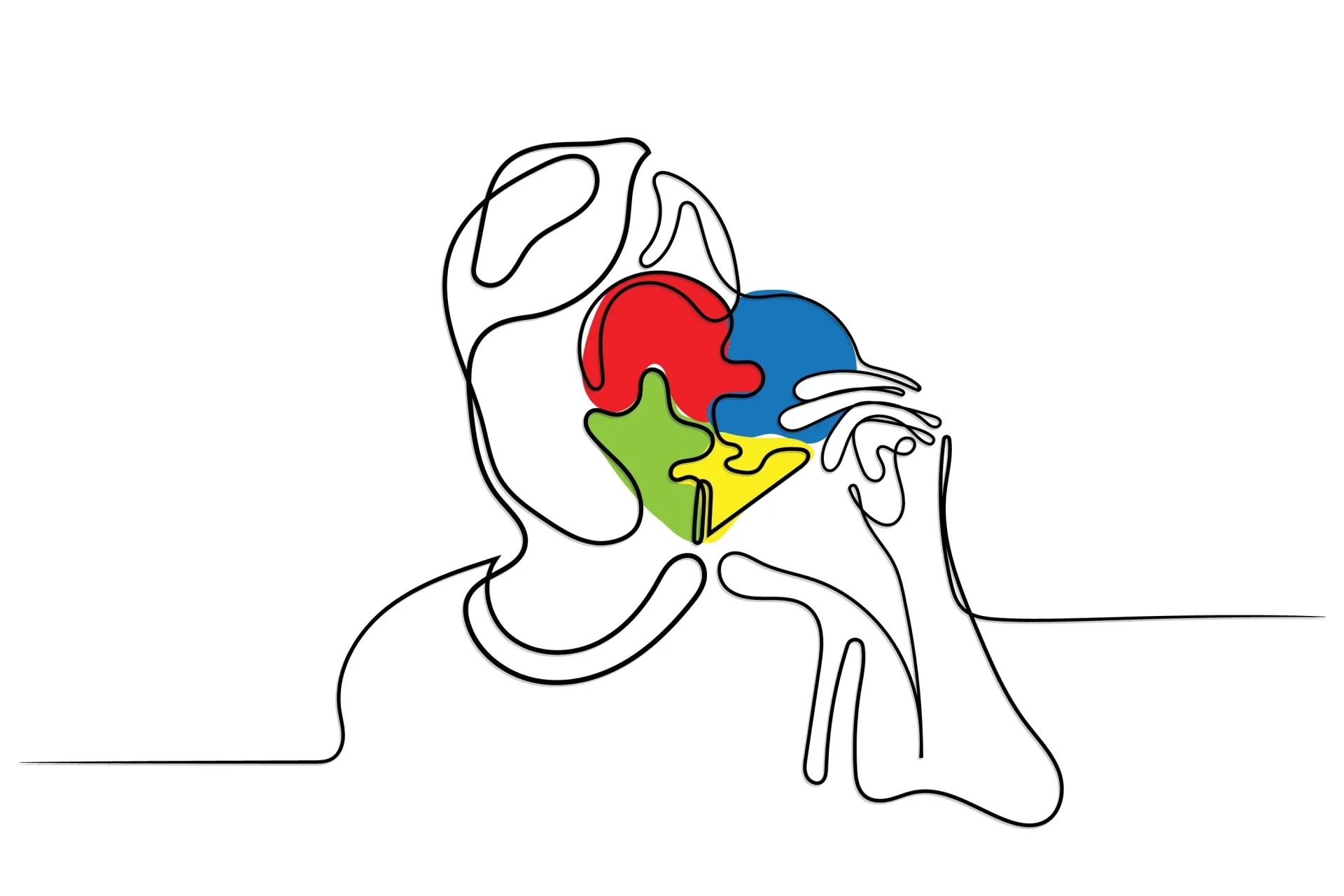
The rising prevalence of autism spectrum disorder in the United States
ASD has seen a significant rise in prevalence in the United States over the past few decades. According to data from the
Centers for Disease Control and Prevention (CDC), the prevalence of ASD increased from 1 in 150 children in 2000 to 1 in 44 children by 2018.
Autism spectrum disorder (ASD) is a neurodevelopmental condition characterized by difficulties with social interaction,
communication, and repetitive behaviors. The severity of ASD can vary widely, which is why it’s often referred to as a
spectrum.
While the exact causes of the increase in ASD prevalence are not fully understood, several factors may contribute to this trend including improved awareness and diagnostics, and increased access to healthcare across the country.
The rise in ASD prevalence has highlighted the importance of early intervention and appropriate support services. With more individuals being diagnosed, there is a growing need for effective treatments, therapies, and educational programs tailored to the unique needs of people with ASD and their families.
Understanding TMS
Transcranial magnetic stimulation is quite the mouthful, so what is the term actually referring to?
At the core of TMS is the scientific
law of electromagnetic conduction, which states that an electrical current can be induced in a conductor after a magnetic field passes through it. Transcranial magnetic stimulation utilizes a special magnetic coil that generates brief, powerful pulses to induce electrical currents in targeted regions of the brain.
The mechanism of action for TMS is designed to modulate the activity of neurons, either increasing or decreasing their excitability depending on the stimulation parameters used. One of the key advantages of TMS is this ability to target precise areas of the brain. Treatment can activate or inhibit specific neural pathways and reduce symptoms of various psychiatric disorders in the process.
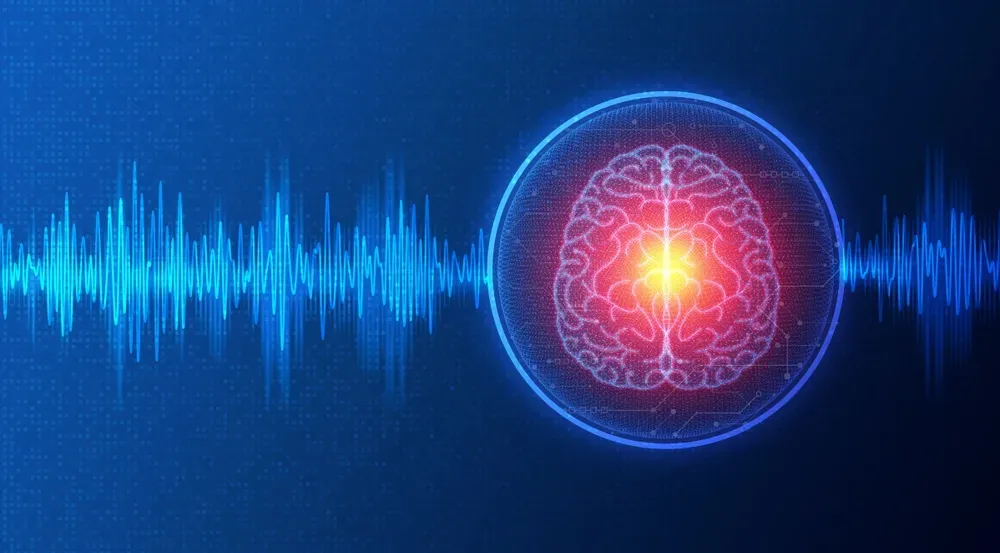
TMS and Autism Spectrum Disorder
TMS is a promising treatment option for individuals with ASD, as it can modulate activity in parts of the brain that are associated with the condition’s core symptoms.
Current
research suggests that TMS helps to reduce repetitive behaviors in individuals with ASD by modulating activity in the supplementary motor area and dorsolateral prefrontal cortex, which are involved in planning behaviors. Similarly, TMS applied to regions like the dorsomedial prefrontal cortex, which plays a role in social cognition and theory of mind, has been found to improve social functioning.
Individuals with ASD can also experience co-occurring conditions such as anxiety, obsessive-compulsive disorder (OCD), or depression. TMS has shown efficacy in treating these conditions independently, and the body of research into TMS as a treatment option for various mental health conditions has continually grown since the Food and Drug Administration (FDA) approved the protocol for major depressive disorder (MDD) in 2008.
Improving treatment adherence in patients with ASD
TMS offers several advantages over traditional therapies for autism. Unlike alternative treatment approaches such as medication or electroconvulsive therapy (ECT), TMS is a non-invasive procedure that does not require anesthesia or hospitalization.
Additionally, TMS is a well-tolerated procedure with minimal side effects. Considering its shorter treatment duration and ease of administration, the combined results of its core characteristics mean that
patients are often more receptive to TMS treatment compared to the alternatives.
Targeting brain regions associated with autism spectrum disorder
Patient adherence can be particularly challenging for people who have severe ASD, but the benefits of the treatment protocol extend beyond logistics.
TMS works by precisely targeting specific brain regions implicated in ASD, such as the prefrontal cortex for repetitive behaviors or the temporoparietal junction for social cognition deficits. This targeted approach can lead to more effective symptom relief compared to alternative treatment options.
Obermann et al. published a
study in 2016 that outlined the therapeutic potential of TMS for treating individuals with autism spectrum disorder. The study discusses how ASD symptoms are the result of abnormal neural development, and that repetitive transcranial magnetic stimulation (rTMS) can have long-lasting effects in the context of altering brain activity.
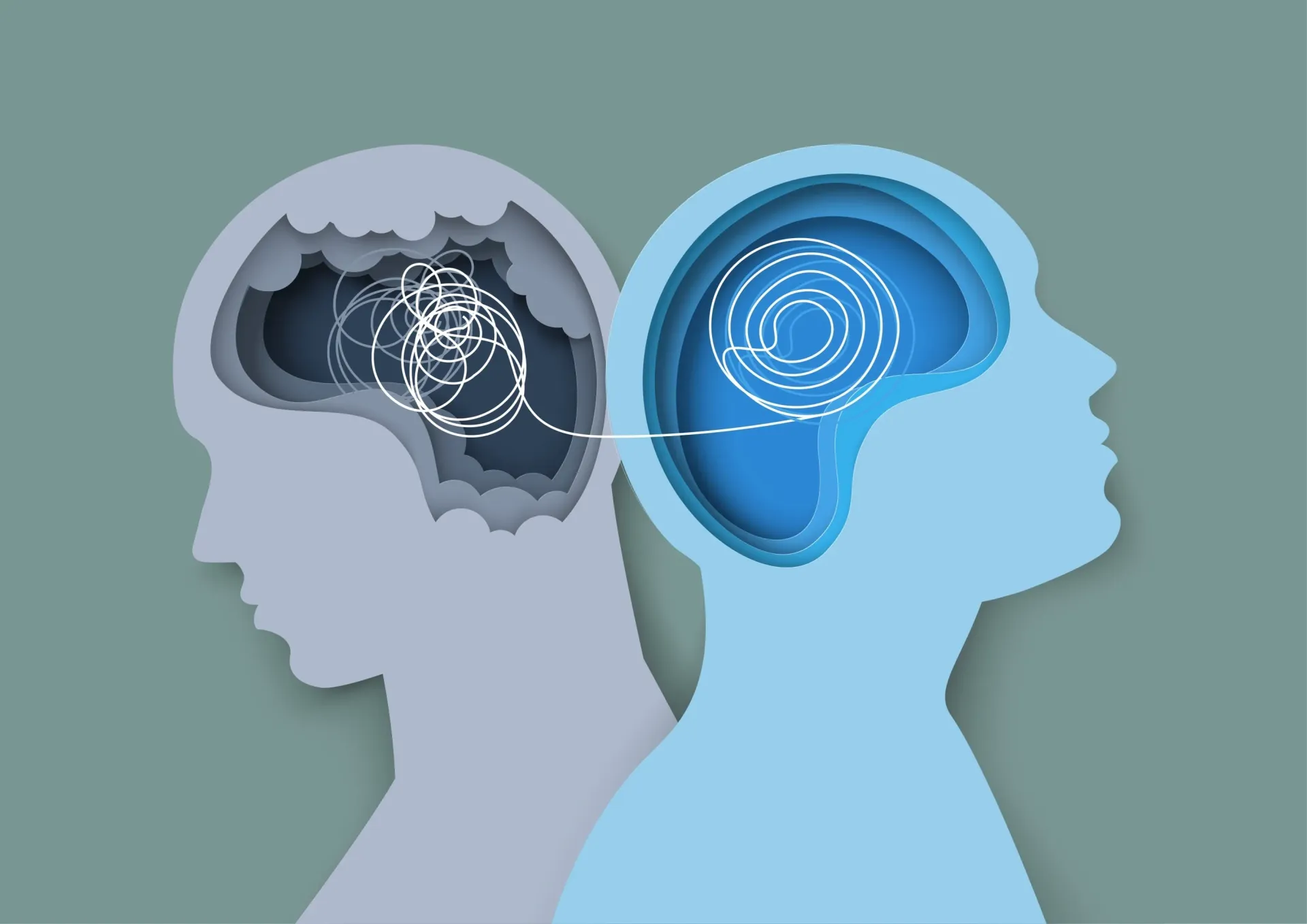
The lasting effects of TMS treatment
Traditional therapies like behavioral interventions require ongoing sessions, while the effects of TMS can persist for several months after the completion of treatment. This potentially reduces the need for frequent sessions, which can make the treatment cheaper and further improve patient adherence.
It’s important to note that TMS is not intended to replace traditional therapies for ASD, but rather to be integrated with other interventions for a comprehensive treatment approach. TMS can be used in conjunction with behavioral therapies, educational interventions, and other supportive services to address the multi-faceted needs of individuals with ASD.
How safe is TMS for autism?
TMS is generally considered a low-risk procedure. Some patients, however, are not suitable for treatment, including those that have metallic implants such as pacemakers or have a history of seizures.
These risks are mitigated against by a thorough consultation that occurs before any TMS treatment. It is crucial to examine each patient’s medical history, including any familial patterns that appear. While rare, there is a small risk of seizures if the TMS stimulation parameters are not properly adjusted for the individual’s seizure threshold.
As a result, part of the initial examination involves outlining the most optimal approach for each individual patient, including the type and frequency of magnetic pulses administered by the TMS device and the adequate treatment duration to alleviate ASD symptoms.

A Final Word
TMS is a non-invasive brain stimulation technique that can modulate activity in specific brain regions, which has led to its growing popularity as a treatment option for ASD. TMS shows real promise in treating various neurological conditions, and its ability to target brain regions associated with autism can produce significant and lasting effects.
Given the significant challenges faced by individuals with ASD and the limitations of current treatment options, it is crucial to explore innovative and promising approaches like TMS. By expanding the range of available treatments, we can potentially improve outcomes and quality of life for those on the autism spectrum.
If you or a loved one is interested in learning more about TMS as a potential treatment option for ASD, consult with a qualified healthcare professional by reaching out to
Kind Health TMS. We can help to determine eligibility, discuss potential risks and benefits, and provide guidance on the appropriate course of action.

Meet the Author
Dr. Georgine Nanos, MD, MPH
Founder of Kind Health Group
If this is a life-threatening emergency, please call 911 or the National Suicide Prevention Lifeline














































